Using The Story of The World as a Spine For Learning
 Thursday, April 11, 2013 at 5:00AM
Thursday, April 11, 2013 at 5:00AM

*This post contains affiliate links. Please see my Disclosure Page for more details.
We have been using The Story of The World for the past three years.
I want to share how we use this basic history text and activity guide as a spine for learning in our homeschool.
(Even if you don't use it as a full history curriculum, it's just a great book to read aloud to your kids!)
Last year I shared a vlog about how we organize our Story of The World Notebooks. Take a few minutes to watch the vlog and read the post. I think it answers a lot of questions one might have about this curriculum.

Since that time I have added another component to our notebooking. My children have also grown a year. Now we are using Story of the World with a sixth and second grader.
The biggest thing I have learned is that The Story of the World is a wonderful SPINE for all of our other learning. I pull read-alouds, music selections, art study, science, and other subjects from our activities in Story of the World.
Plus, this book is written by Susan Wise-Bauer. I have enormous respect for her and all of her curriculum pieces have worked well for my children. (We are fans of Writing With Ease and First Language Lessons.)
If you are on the beginning of your homeschool journey, or have never read The Well Trained Mind, I HIGHLY recommend this book. I read it before we started homeschooling and it shaped my philosophy then and continues to do so today, as well.
The Story of the World presents the history of the world in a chronological manner that makes SENSE. After three years I can see my children learn about new events in history and relate them to many other events they have learned about in SOTW. They are learning that history isn't isolated. Everything is connected.
Our Story
Our story (which I think is very similar to many other homeschoolers) is simple. I wanted a history curriculum that incorporated LIVING BOOKS, HANDS ON ACTIVITIES, and A CHRONOLOGICAL PRESENTATION.
We began three years ago with Volume 1. Fast forward to today and we have just started Volume 3. Yes, that means it is taking us more than a year to get through each volume.
We stop at points that are interesting. Sometimes one chapter will take us an entire week (or two).
We spent several weeks studying Robin Hood in a delight directed way. What fun that was! It was all inspired by an edition of the book recommended in the SOTW Activity Guide.
I know we have TIME, and as long as my children's interest is there I'm not worried about completing the volumes in a certain time period.
Examples
Currently, we are in Volume 3 - Early Modern Times.
We pull most of our read-alouds and activities from the SOTW Activity Guide.
So far in Volume 3 (and we're only 4 chapters in!) we have read aloud:
- Secret of the Andes
- Pocahontas and the Strangers
- Hans Brinker or the Silver Skates (FREE Kindle Download!)
- Blood on the River

Take, for example, the above example from Chapter 3: James, King of Two Countries.
The student pages (included in the activity guide) include mapwork, coloring pages, and other activities.
I always read the chapter to my children, have them take notes (more on that shortly!), and then we do the narration questions and mapwork.
We own a copy of the Kingfisher History Encyclopedia and consult this with each SOTW chapter.
My son (who is 8 and in second grade) builds LEGO creations to along with our chapter, colors a coloring sheet from the activity guide, or draws while listening to the chapter. I require my daughter to take more extensive notes since she is middle grades now.
Throughout the course of the week we have a read-aloud to go with our chapter. This particular week it is Blood on The River, an excellent living book about a page working for Captain John Smith.
I also know that Handel was living at this same time in Europe, so we listened to the Maestro Classics CD, My Name is Handel.
We also have a book of Isaac Newton activities and will choose a couple that interest the kids.
One night we sat as a family and watched Nightmare in Jamestown on Netflix.
We read passages from the King James Version of the Bible.
You get the idea. Anything related to this period of time we were researching and enjoying.
Yes, it takes some legwork on my part.
The activity guide does a lot of the research for you, though, and after a while I came to enjoy the research. I am learning so very much about history.
Notebooking
If you aren't familiar with notebooking, I would like to recommend my friend Jimmie's eBook, Notebooking Success. She also guest posted on my blog last year. Getting Started With Notebooking is a great post to help you understand what it's all about!
When I put together the Volume 3 notebooks for my kids, I did the .pdf download of the student pages. Yes, I still ordered the physical Activity Guide (for the teaching notes and activity suggestions), but downloading the student pages allows me to print them for my kids, and only print what we need/want. It also keeps everything on the up and up with copyright.
Both of my children keep extensive history notebooks. They look back on them with pride and joy. It is something we will save for years to come.
Notebooking Pages
Since my daughter is in middle school now, I really wanted her to do a little more written work this year. With each chapter I require her to take notes. She records any terms she doesn't know, important dates, people, places, etc...
My membership to Notebooking Pages has been such a tremendous help with notebooking. There are templates for every single event in history you can think of. There are blank templates that you can print and have the child customize. And, I don't even have time to go into how awesome the Notebooking Publisher App. is.
If you are considering using SOTW as your history curriculum, I believe the investment in a Notebooking Pages Membership is WORTH IT!
I have printed composer notebooking pages, country pages, animal pages, and so much more - all to go with our studies in Story of the World. There are timeline pages, book of centuries pages, and pages to go with each era in history. If you need a notebooking page, Notebooking Pages has it. I promise.
And if they don't, they will most likely make one for you upon request.
Here is a simple lined notebooking page I gave my daughter after our Jamestown chapter. She narrated back from the chapter and did a beautiful job.

She also completed a "Modern Times" notebooking sheet (I require one of these for each chapter!), which helps her take notes during the chapter.
Do you see why I love Story of the World so much?

In the very first chapters of Volume 3 we were learning about the Incas in Peru. My son latched onto this. I was able to print a map of South America, and make another page all about Llams from the Notebooking Publisher Web App. We had a science study about Llams for a week and it was such fun!
Final Thoughts
The reasons we use Story of the World are simple:
- Beautiful stories, in chronological order
- Wonderful suggestions in the activity guide for extending learning
- A Classical approach to history, which works well for my children - lots of narration and quality literature appeal to us
- It provides a spine for all of our other learning - from science to music - from art to literature
If you're looking for a neat and simple history curriculum, The Story of the World is it. You can do as little or as much as you want with it, and it is customizable for a wide age range.
Additional Resources
I also pull materials from other places to supplement Story of the World Chapters.
- Homeschool Share
- HS Launch
- Ambleside Online
- SOTW Video Links
- The Chronicle of the Earth
- Horrible Histories Videos (also search them on YouTube)
*Note: Peace Hill Press publishes The Story of The World. I did not receive any compensation or product for this post. I just love this curriculum and it has worked well for my children. Peace Hill Press does no advertising on blogs or promotion of that sort. When you see someone blogging about one of their products it is purely because the blogger loves them!
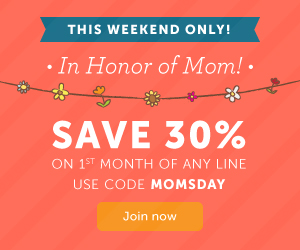








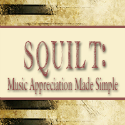
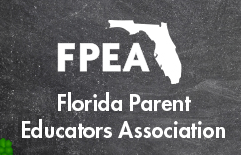
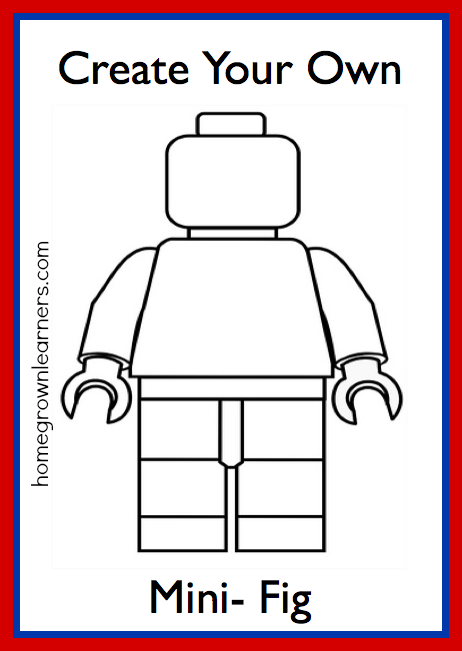
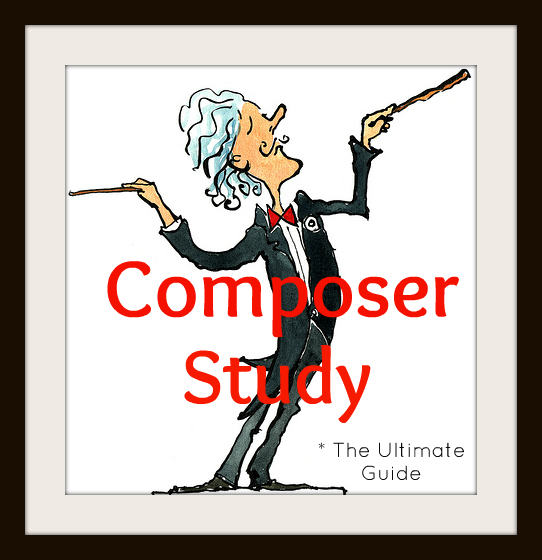

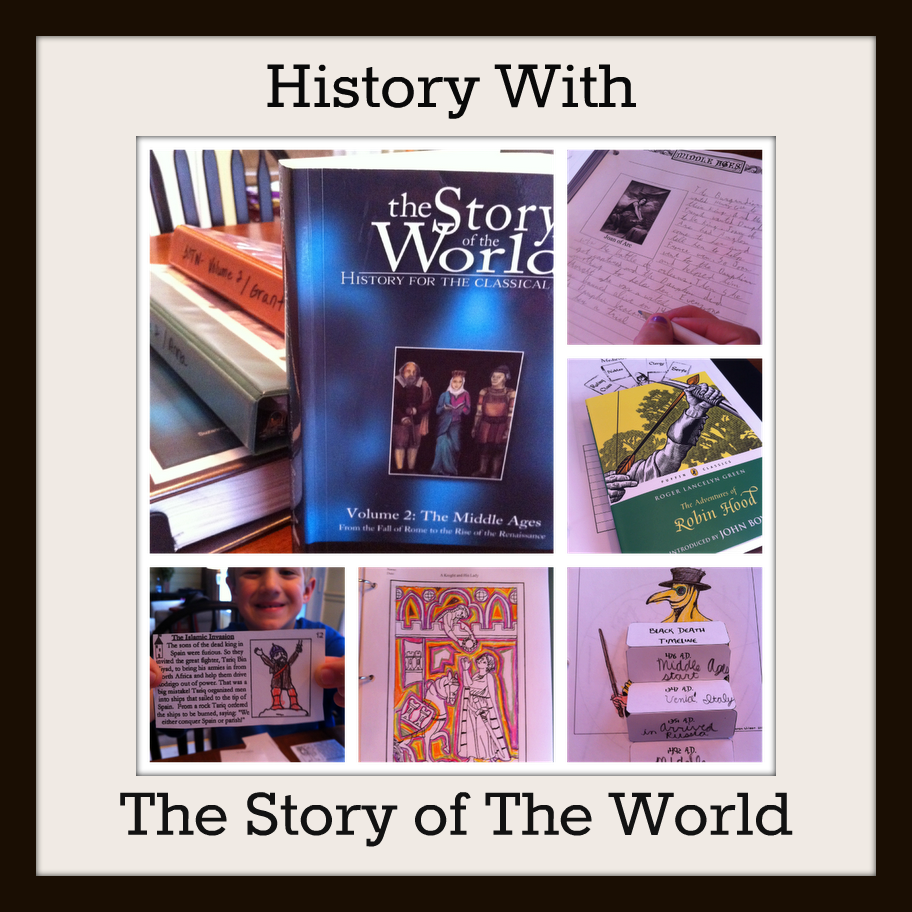
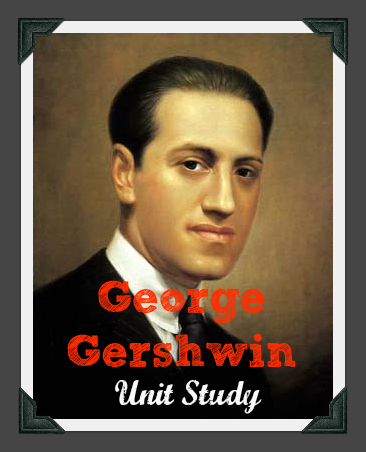



Reader Comments (13)
SOTW sounds similar to Mystery of History. I like your review! I think we started homeschooling at the same time. My oldest was in 4th grade and now finishing up 6th. I just began using MOH this year. I wished I had started out with it though. Susan Wise Bauer is a VA girl too, I believe...so she probably has great VA resources.
I love your review. I am looking into Classical education. I have switched to Story of the World, but I'm nervous about switching from our Horizons Phonics & Reading curriclum to Writing with Ease and Language Lessons. Does she also have a phonics program or do you recommend one? My children are upcoming K & 2nd grade. Thank you
Mary, the Modern Times notebooking sheet you have your middle schooler use...the one where she jots down notes of important events, people (the last photograph). Did that come for SOTW's activity guide or did you get that from Notebooking.com? It looks like a great resource and I'd like to use that idea with my 7th grader next year.
We do our history in a very similar way, except we don't use Story of the World for the spine. We use Usborne or Kingfisher, depending on the age. The notebooking pages you use look wonderful.
We've used SOTW, First Language Lessons, and Writing With Ease in our homeschool over the years... all of which we absolutely loved! We've been homeschooling for 16 years and we've graduated 4 and have 2 left at home (14 and 17). We've used notebooking and lapbooking for about 8 of those years. We loved utilizing all these things in our home and I honestly can't wait for grandkids so I can help do it all over again!
My sister has a large, young family she is struggling to homeschool. I've been working with her long distance but I don't think she sees my vision. I plan to send her this link because it really is very much like the way we homeschooled ourselves.
Thanks so much for the great post!
I always loves posts with photos of notebooking pages. Great job. This has already been added to the May Notebooking Round-up!
Thank you for sharing how you guys use SOTW. We're finishing up volume 1 and can't wait to dive into volume 2. You have some good ideas for us to tweak how we're doing things and keep it from getting stale. Thank you for sharing!
My family has enjoyed many of Susan Wise's books as well in our learning.. I couldn't agree more with the use of Story of the World. This series provides you with a starting point in which you can add so much more. When we came to the Greek portion of the studies, we stopped and read "The Children's Homer" and did a side-Unit study of Greek Mythology and are going to celebrate our own "Greek" festival. You can do so much with this wonderful curriculum. I can't say enough good things about it!
We do this too! We just finished volume 1 - it took us almost 2 school years, so I'm glad to hear we're not the only ones. I appreciate the details on notebooking, as right now I have younger kids and I don't require a lot of writing - mostly just a picture and 1-2 sentences.
I am NOT a teacher by college education... I was wondering why teaching history chronologically is so important.
Also the first notebook page you showed of Jamestown. You said your daughter narrated back to you. Did you take notes for her, or did she write down her own narration? Just wondering how you make it work.
thanks so much,
PS thank you for introducing us to Andre Rieu on your last Squilt post. We have watched dozens of his videos on YouTube since then. He is such an amazing musician and conductor. :)
Mary- thanks for this post. I had gotten into a rut with Story of the World and gotten out of notebooking this year. The year has seemed dry, lifeless, and everyone is bored. It's time to get back in the game! I have used Notebooking Pages free pages in the past, but I'm thinking the paid membership may help me to not "forget" what my plans are. Thanks for the kick in the pants :)
I wanted to add my two cents about the Activity Guides -- they are worth the extra cost! The maps, the coloring pages, the exercises... all enrich the readings. But my favorite "extra" are the suggested books to read. What a treasure! We discovered some excellent literature this way.
Thanks for sharing this post. I am trying to decide if I want to use the Story of the World for my high schooler. Not sure where we are yet, but we are working on that. Thanks for all this information.